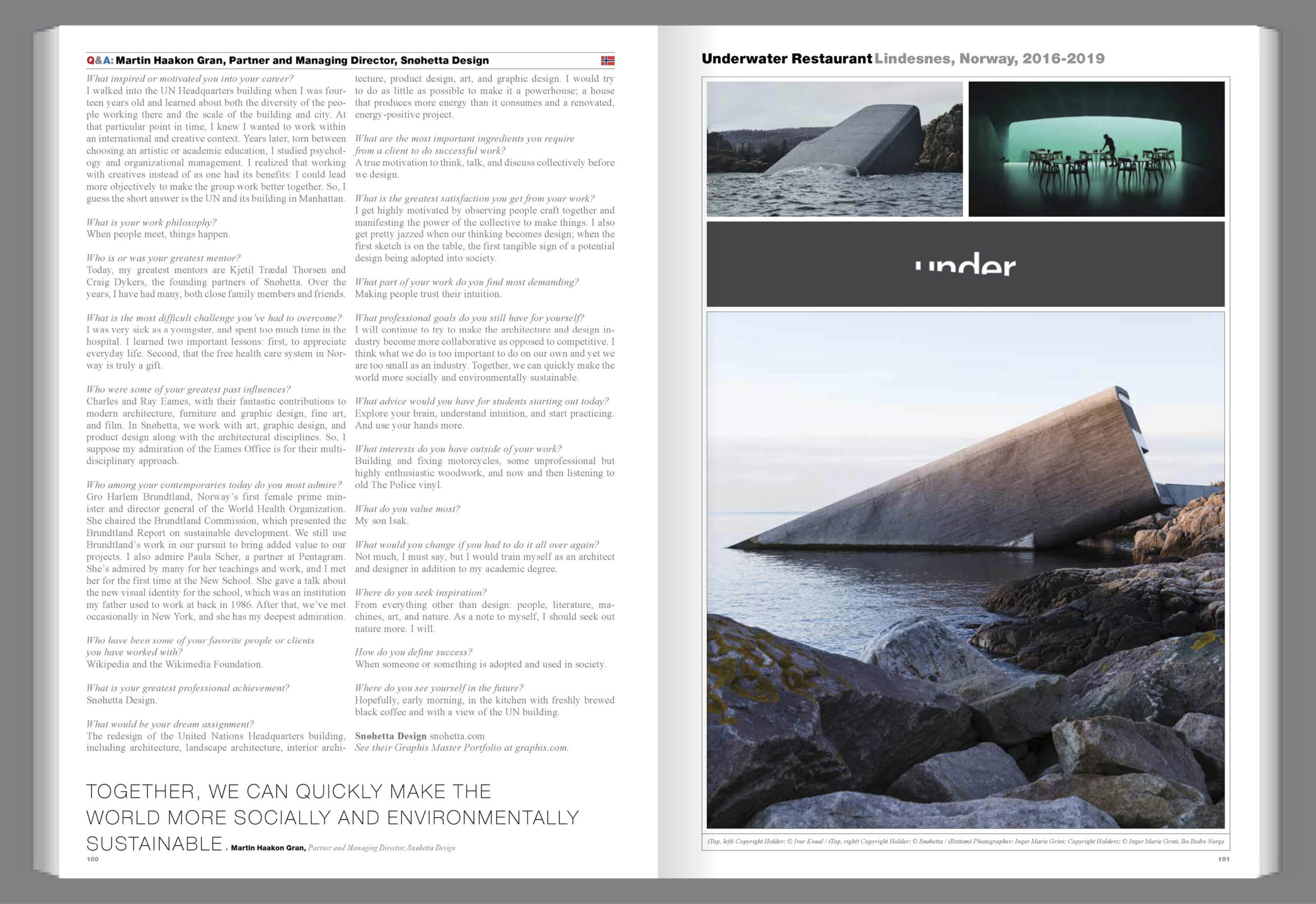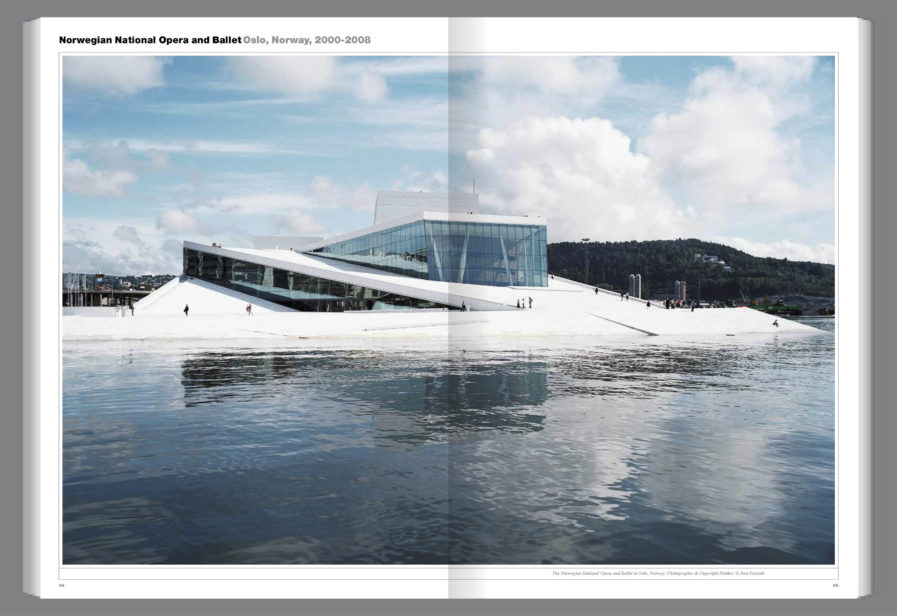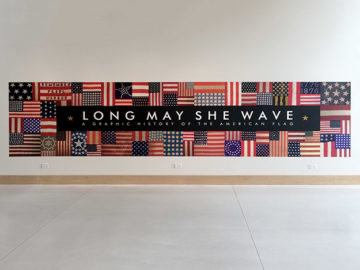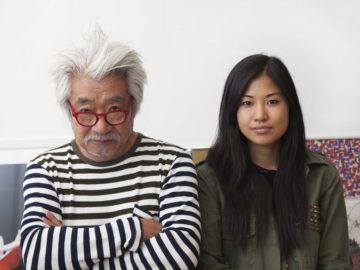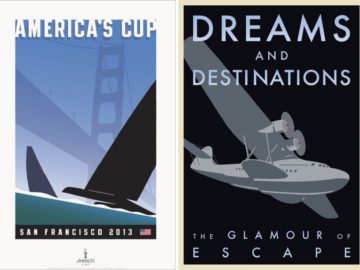The architectural mind of Martin Haakon Gran is featured in our upcoming Graphis Journal #371 (available for preorder) in the first of a two part interview, where the designer invites us into his collaborative work process and idealistic vision for a more sustainable future with design.
Originally from Norway, Martin’s career began after graduating university with degrees in psychology, organizational management, and sociology, ultimately culminating into an expertise on brand communication and leadership. His experience with architecture, design, and brand-driven projects spans over twenty years, and Martin has notably worked with groups such as the Scandinavian Design Group, McCann Erickson New York, and Leo Burnett as a strategic advisor, planner, and director.
Most importantly, Martin is a partner with the architecture company Snøhetta, and serves as the managing director for their design division. His background in psychology and business makes him an integral asset to the company’s creative process as he helps in every step of the way, from coming up with an idea to seeing it come to life. Designer and AGI member Enzo Finger describes Snøhetta as “one of the world’s most sought after and award-winning interdisciplinary architecture and design companies.” He continues that, “One of their custom mottos I like the most is ‘Simplexity’ – not to simplify but to make complex things easier to understand – it’s design and architecture that makes you think.”
